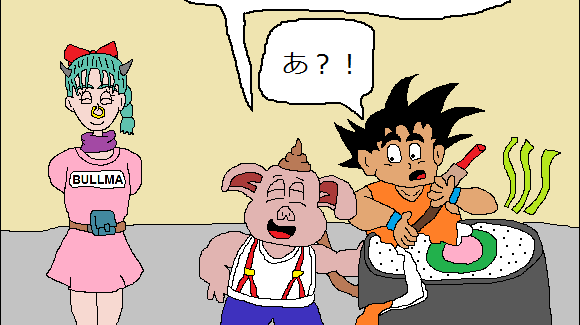
Join Bullma, Poolong and Sun Goku on a brand new episode of Dragon Bowl!
Hey there and welcome to to the fourth installment of Learn Japanese through Ridiculous Manga, where every Friday we study Japanese together in a quick, fun way.
New to the series? Check out the intro article which will help explain all this craziness. And if you missed last week’s article, be sure to take a peek at it here.
▼ If you’re a fan of Attack on Titan,
then you’ll love last week’s A Tick on Titan.
Today we’re going to look at the next five hiragana. As always, I highly recommend putting these five into Anki, a flashcard program, so that you can practice them between articles. As long as you just do whatever Anki tells you to do every day (which usually isn’t much), you’ll be a master in no time.
1) Today’s first hiragana: さ (sa)
(Pronounced like “saw”)
(Click the play button below to listen to our wonderful
native Japanese writer Meg pronounce this hiragana for you!)
▼ If you remember the hiragana for き (ki), then this one looks just like it,
except the second line has been sawed off.
2) Today’s next hiragana: し (shi)
(Pronounced like “sheep”)
▼ You know those canes sheep-herders use?
Well this is just like one of those, only upside-down.
3) Today’s next-next hiragana: す (su)
(Pronounced like “sushi”)
▼ This one’s easy! It has a circle in it,
just like everyone’s favorite cyllindrical food: sushi.
4) Today’s penultimate hiragana: せ (se)
(Pronounced like “set”)
▼ When the sheep-herder wants to take a break,
he sets his upside-down cane on a table.
5) Today’s final hiragana: そ (so)
(Pronounced like “soap”)
▼ Soap on a rope. Need we say more?
(Click below to hear Meg pronounce all five hiragana!)
Okay, quiz time! Can you read the new hiragana below? (Hint: they’re not in the same order we just did them.)
And, if you’re already a pro at that try reading all twenty hiragana we’ve learned so far:
.
.
.
.
.
.
.
.
.
.
(1st Quiz Answer: sa, se, su, so, shi)
(2nd Quiz Answer:
ko, shi, ke, i, go,
gi, a, sa, ga, o,
so, e, ki, ku, su,
ka, ge, gu, se, u)
Did you get them right? If you don’t feel confident yet, just review them in Anki and try again until you and those twenty hiragana are best friends.
But for now, it’s time for another installment of… Particle Party!
▼ And today’s birthday boy/girl/whatever
is a hiragana we learned last week: が (ga).
Just like we saw two weeks ago, Japanese has lots of “particles,” which are basically “little” words that help the “more important” words in a sentence come together and make sense. They’re kind of like “at,” “of,” “the” etc. in English.
This week we’ll be looking at a new particle: が (ga).
What Does が (ga) Do?
It has several uses, but when it comes after a noun, it marks that noun as the subject of the sentence.
Japan-glish Examples:
You が stink = You stink
(“You” is marked as the subject of the sentence, making it clear who smells.)
He が told me = He told me
(“He” is marked as the subject, making it clear who told me.)
The egg が is rotten = The egg is rotten
(“The egg” is marked as the subject, making it clear what is rotten.)
Who が ate my egg? = Who ate my egg?
(“Who” is marked as the subject of this question sentence.)
Easy, right? Now let’s take a look at the particle が and the rest of the hiragana you’ve learned so far by reading this excerpt from the manga Dragon Bowl.
“Teenage genius Bullma is searching the world for the seven legendary Dragon Bowls, which when brought together, can grant the user one dish. Along the way she runs into some interesting characters including Poolong the pig, and a strange boy named Sun Goku who has a tail as bright as the sun. Goku also really likes to eat, and unfortunately his latest snack has an unfortunate odor to it….”
(Read like a real Japanese manga: panels go from top right to left,
hiragana is read from left to right.)
Transcription:
Sound FX: Gusu gusu. (Koko = here, kuu = eat, ka = the particle we learned)Bullma: Uso!
Bullma: Gokuu! Ookii sushi ga sugoku kusai!
Sun Goku: E? Kusai ka? Oishii!Bullma: Ike!
Poolong: Koko ga oishisou!
Sun Goku: A?!Sun Goku: Sushi kaese!
Bullma: Koukai…Translation:
Sound FX: Sniff sniff.Bullma: No way!
Bullma: Goku! (The) big sushi really stinks!
(sushi = sushi, ga = this week’s particle, sugoku = really/incredibly, kusai = stinks)
Sun Goku: What? (It) stinks? (It’s) delicious!
(kusai = stinks, ka = lesson #2’s particle)Bullma: Go!
Poolong: (This) here looks good!
(koko = sushi, ga = this week’s particle, oishisou = looks tasty)
Sun Goku: Huh?Sun Goku: Give back (my) sushi!
Bullma: (I have) regret…
All right! Did you read it yourself? If not then review in Anki a bit, and give it another crack.
Next week we’ll be taking a look at the next five hiragana, which will all be fresh new faces. And as always there will be a delightful manga as well, so grab some pun-filled popcorn.
In the meantime if you have any questions, feel free to leave a comment or send me a message on Twitter. I can’t promise that I know everything, but I can guarantee at least an attempt at a witty response.
See you next week everyone, and remember to stay ridiculous!
“Extra Credit” Anki Input: (Front / Back)
ぐすぐす / gusugusu, sniff sniff
うそ/ uso, no way!
ごくう / gokuu, Goku
おおきい すし が すごく くさい / ookii sushi ga sugoku kusai, (The) big sushi really stinks!
おいしい / oishii, delicious
いけ/ ike, Go!
おいしそう / oishisou, looks delicious
すし かえせ / sushi kaese, Give back (my) sushi1
かえせ / kaese, Give (it) back!
こうかい / koukai, regret
Text/images: ©RocketNews24

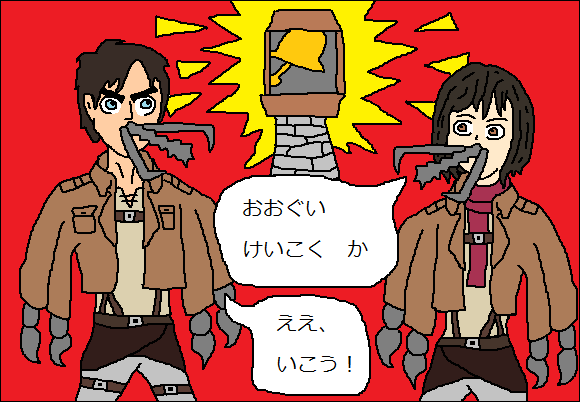
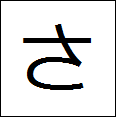
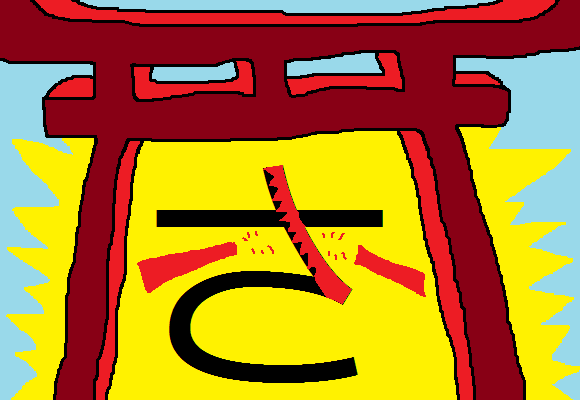
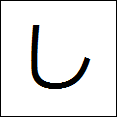
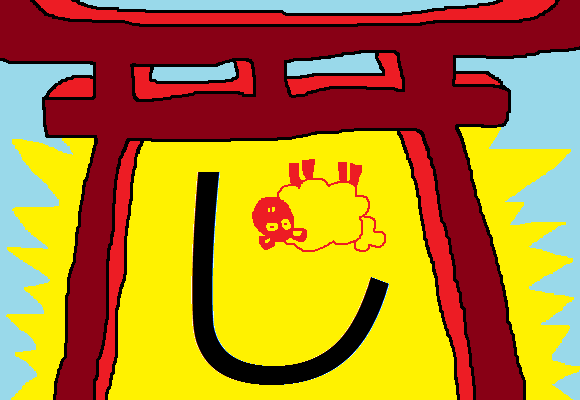
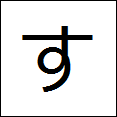
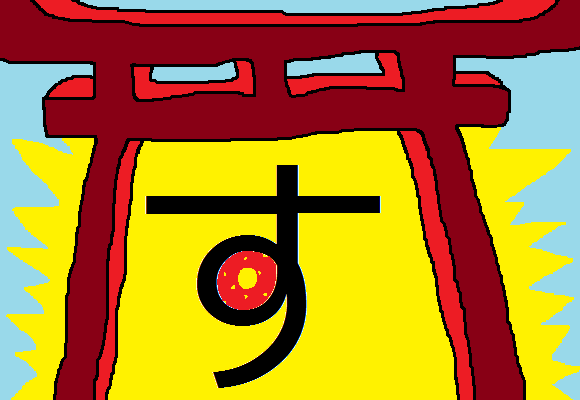
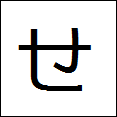
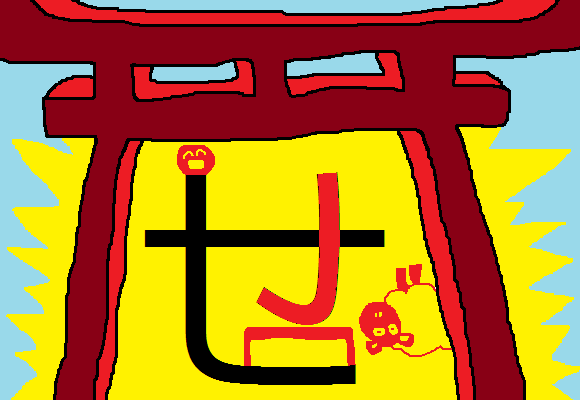

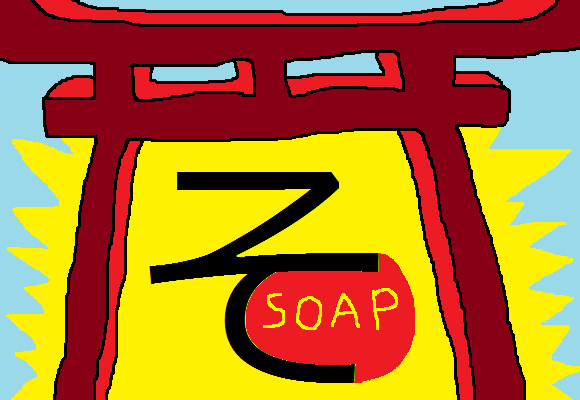

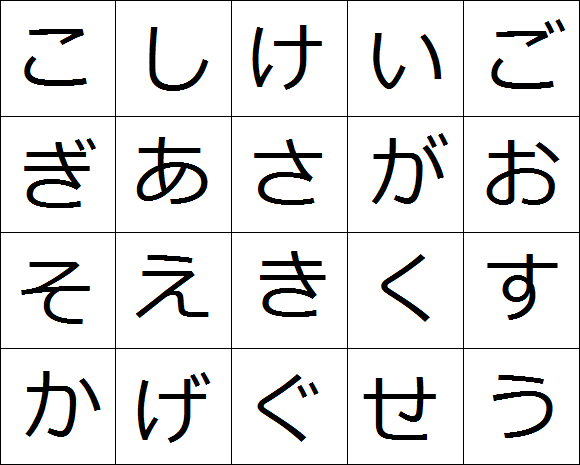
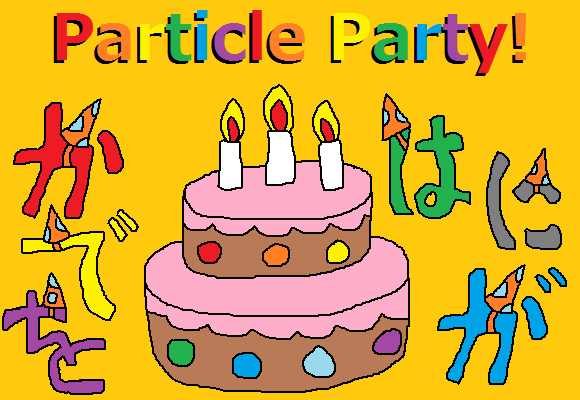

 Learn Japanese through ridiculous manga: Death Vote 【Episode #6】
Learn Japanese through ridiculous manga: Death Vote 【Episode #6】 Learn Japanese through ridiculous manga: Narutoe 【Episode #2】
Learn Japanese through ridiculous manga: Narutoe 【Episode #2】 Learn Japanese through ridiculous manga: A Tick on Titan 【Episode #3】
Learn Japanese through ridiculous manga: A Tick on Titan 【Episode #3】 Learn Japanese through ridiculous manga: Fullmedal Alchemist 【Episode #5】
Learn Japanese through ridiculous manga: Fullmedal Alchemist 【Episode #5】 Learn Japanese through ridiculous manga: Two Piece 【Episode #1】
Learn Japanese through ridiculous manga: Two Piece 【Episode #1】 What did Shibuya really look like after the crowds on New Year’s Day?
What did Shibuya really look like after the crowds on New Year’s Day? Cup Noodle tries an authentic Jiro-style ramen, but something’s not quite right
Cup Noodle tries an authentic Jiro-style ramen, but something’s not quite right We revisited Sweets Paradise after a decade to see if Japan’s dessert buffet still delivers
We revisited Sweets Paradise after a decade to see if Japan’s dessert buffet still delivers Survey finds more than 70 percent of Japanese children have an online friend
Survey finds more than 70 percent of Japanese children have an online friend Tokyo day-trip hot springs: Beautiful Mt. Fuji-view bath is just one highway bus stop from Shibuya
Tokyo day-trip hot springs: Beautiful Mt. Fuji-view bath is just one highway bus stop from Shibuya 7-Eleven Japan starts new temporary luggage storage service in over 300 branches
7-Eleven Japan starts new temporary luggage storage service in over 300 branches That time Seiji called JASRAC to ask why he didn’t get paid royalties for his song being on TV
That time Seiji called JASRAC to ask why he didn’t get paid royalties for his song being on TV We try out Nissin’s new Cup Noodle Broth Hardening Powder to see if it really works
We try out Nissin’s new Cup Noodle Broth Hardening Powder to see if it really works One Piece’s Luffy spent years of manga’s publication without saying a word to one of his nakama
One Piece’s Luffy spent years of manga’s publication without saying a word to one of his nakama Starbucks Japan unveils new Sakura Frappuccino for cherry blossom season 2025
Starbucks Japan unveils new Sakura Frappuccino for cherry blossom season 2025 Starbucks Japan ready to get Year of the Horse started with adorable drinkware and plushies【Pics】
Starbucks Japan ready to get Year of the Horse started with adorable drinkware and plushies【Pics】 7 great places to see Mt. Fuji from without having to climb it
7 great places to see Mt. Fuji from without having to climb it Cyberpunk anime meets traditional culture in Ghost in the Shell gold leaf Japanese changing screens
Cyberpunk anime meets traditional culture in Ghost in the Shell gold leaf Japanese changing screens Hayao Miyazaki says Happy New Year to Studio Ghibli fans with new art for Year of the Horse
Hayao Miyazaki says Happy New Year to Studio Ghibli fans with new art for Year of the Horse Hello Kitty Choco Egg figures are an adorable trip through three periods of Japanese pop culture【Pics】
Hello Kitty Choco Egg figures are an adorable trip through three periods of Japanese pop culture【Pics】 We found possibly the quietest Japanese-style hotel in Tokyo’s bustling Shinjuku district
We found possibly the quietest Japanese-style hotel in Tokyo’s bustling Shinjuku district 7-Eleven Japan’s ramen-cooking robot whipped us up a bowl of noodles【Taste test】
7-Eleven Japan’s ramen-cooking robot whipped us up a bowl of noodles【Taste test】 Sumo Sanrio! Hello Kitty and pals team up with Japan Sumo Association for new merch【Pics】
Sumo Sanrio! Hello Kitty and pals team up with Japan Sumo Association for new merch【Pics】 Japan’s oldest largetooth sawfish in captivity back on display in Mie Prefecture
Japan’s oldest largetooth sawfish in captivity back on display in Mie Prefecture More Than a Capsule Stay: Why Solo Travelers Choose “global cabin Yokohama Chinatown”
More Than a Capsule Stay: Why Solo Travelers Choose “global cabin Yokohama Chinatown” Disillusionment at Tsukiji’s tourist-target prices led us to a great ramen restaurant in Tokyo
Disillusionment at Tsukiji’s tourist-target prices led us to a great ramen restaurant in Tokyo Starbucks teams up with 166-year-old Kyoto doll maker for Year of the Horse decorations【Photos】
Starbucks teams up with 166-year-old Kyoto doll maker for Year of the Horse decorations【Photos】 Tokyo considering law requiring more trash cans following litter increase in heavily touristed area
Tokyo considering law requiring more trash cans following litter increase in heavily touristed area Tokyo’s Tsukiji sushi neighborhood asks tour groups to stay away for the rest of the month
Tokyo’s Tsukiji sushi neighborhood asks tour groups to stay away for the rest of the month Tokyo event lets you travel back in time, for free, to celebrate 100 years since Showa era start
Tokyo event lets you travel back in time, for free, to celebrate 100 years since Showa era start Sanrio theme park in Japan announces plans to expand into a Sanrio resort
Sanrio theme park in Japan announces plans to expand into a Sanrio resort Japan may add Japanese language proficiency, lifestyle classes to permanent foreign resident requirements
Japan may add Japanese language proficiency, lifestyle classes to permanent foreign resident requirements Stamina-destroying “Paralysis Noodles” are Tokyo’s newest over-the-top ramen innovation
Stamina-destroying “Paralysis Noodles” are Tokyo’s newest over-the-top ramen innovation Survey asks foreign tourists what bothered them in Japan, more than half gave same answer
Survey asks foreign tourists what bothered them in Japan, more than half gave same answer Japan’s human washing machines will go on sale to general public, demos to be held in Tokyo
Japan’s human washing machines will go on sale to general public, demos to be held in Tokyo Japan’s deadliest food claims more victims, but why do people keep eating it for New Year’s?
Japan’s deadliest food claims more victims, but why do people keep eating it for New Year’s? We deeply regret going into this tunnel on our walk in the mountains of Japan
We deeply regret going into this tunnel on our walk in the mountains of Japan Studio Ghibli releases Kodama forest spirits from Princess Mononoke to light up your home
Studio Ghibli releases Kodama forest spirits from Princess Mononoke to light up your home Major Japanese hotel chain says reservations via overseas booking sites may not be valid
Major Japanese hotel chain says reservations via overseas booking sites may not be valid Put sesame oil in your coffee? Japanese maker says it’s the best way to start your day【Taste test】
Put sesame oil in your coffee? Japanese maker says it’s the best way to start your day【Taste test】 No more using real katana for tourism activities, Japan’s National Police Agency says
No more using real katana for tourism activities, Japan’s National Police Agency says Starbucks Japan reveals new sakura drinkware collection, inspired by evening cherry blossoms
Starbucks Japan reveals new sakura drinkware collection, inspired by evening cherry blossoms Updated cherry blossom forecast shows extra-long sakura season for Japan this year
Updated cherry blossom forecast shows extra-long sakura season for Japan this year W.T.F. Japan: Top 5 myths about learning Japanese【Weird Top Five】
W.T.F. Japan: Top 5 myths about learning Japanese【Weird Top Five】
Leave a Reply